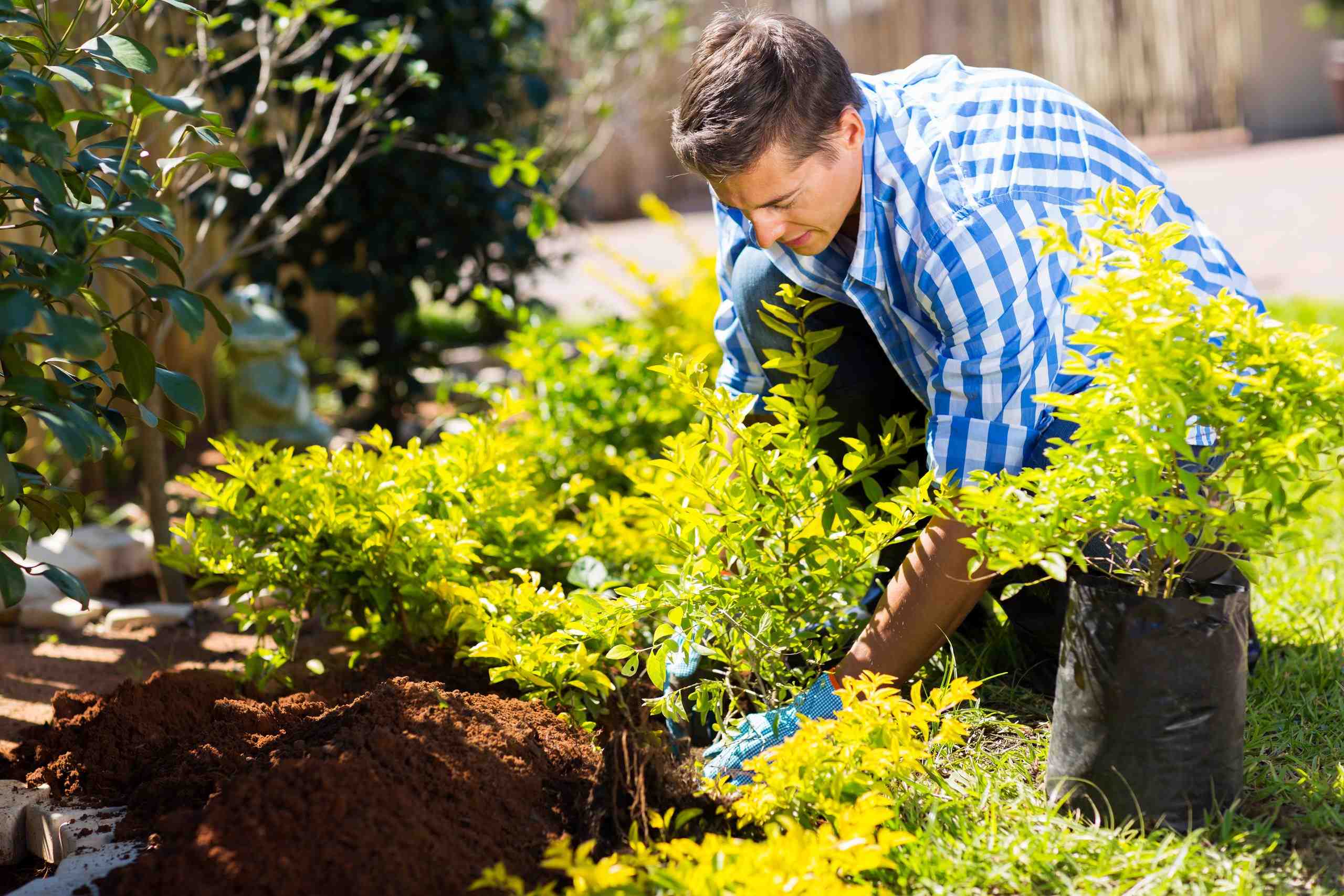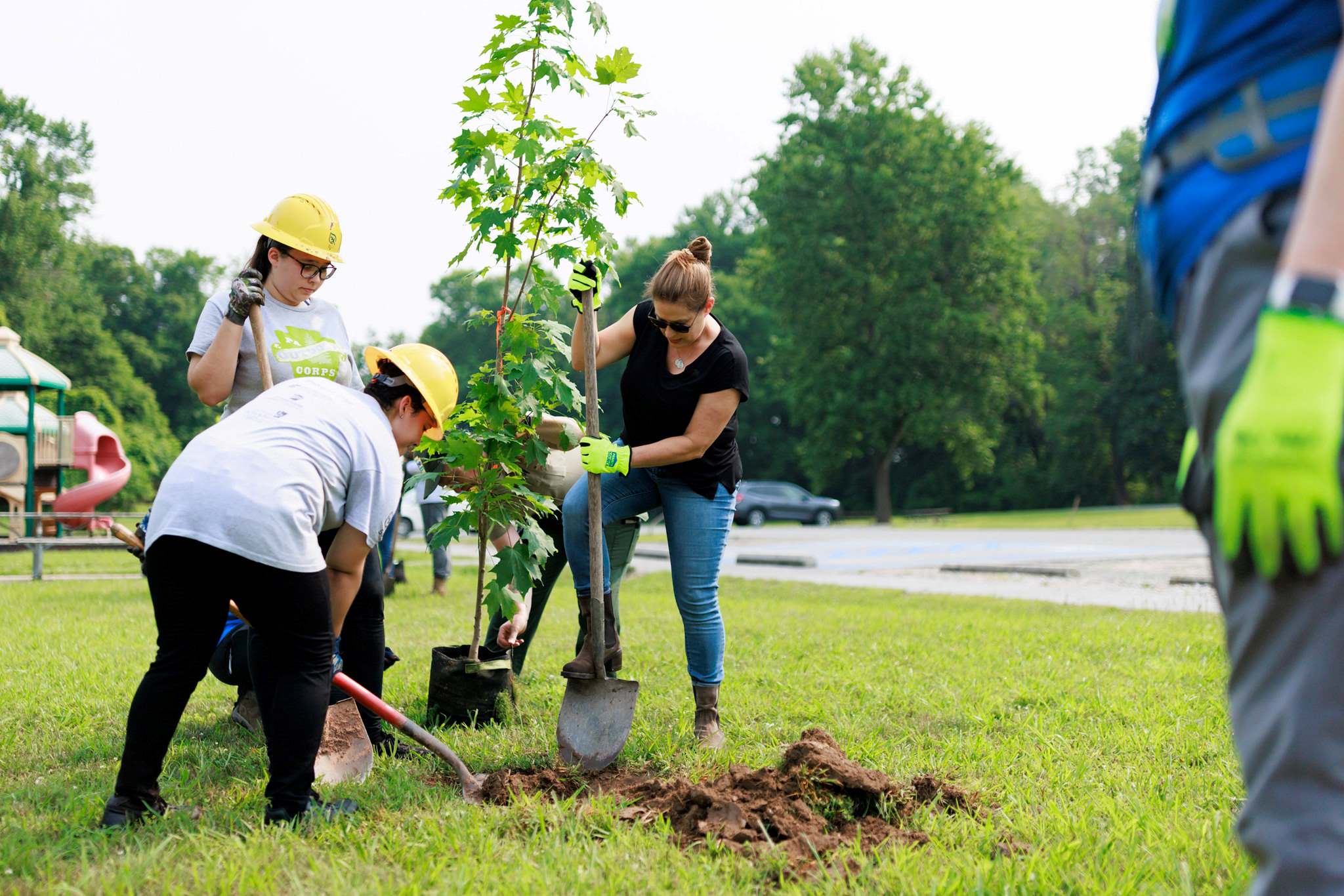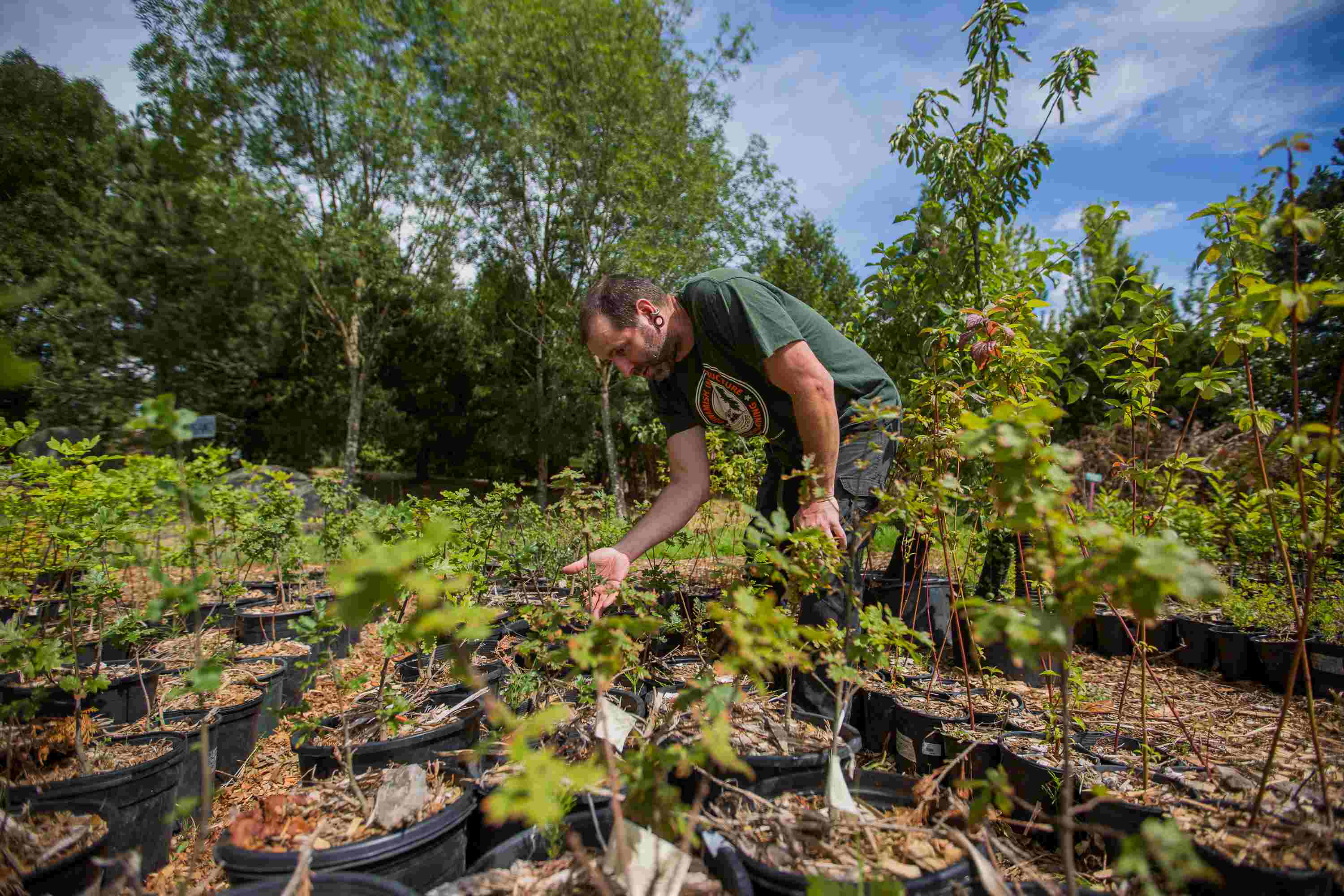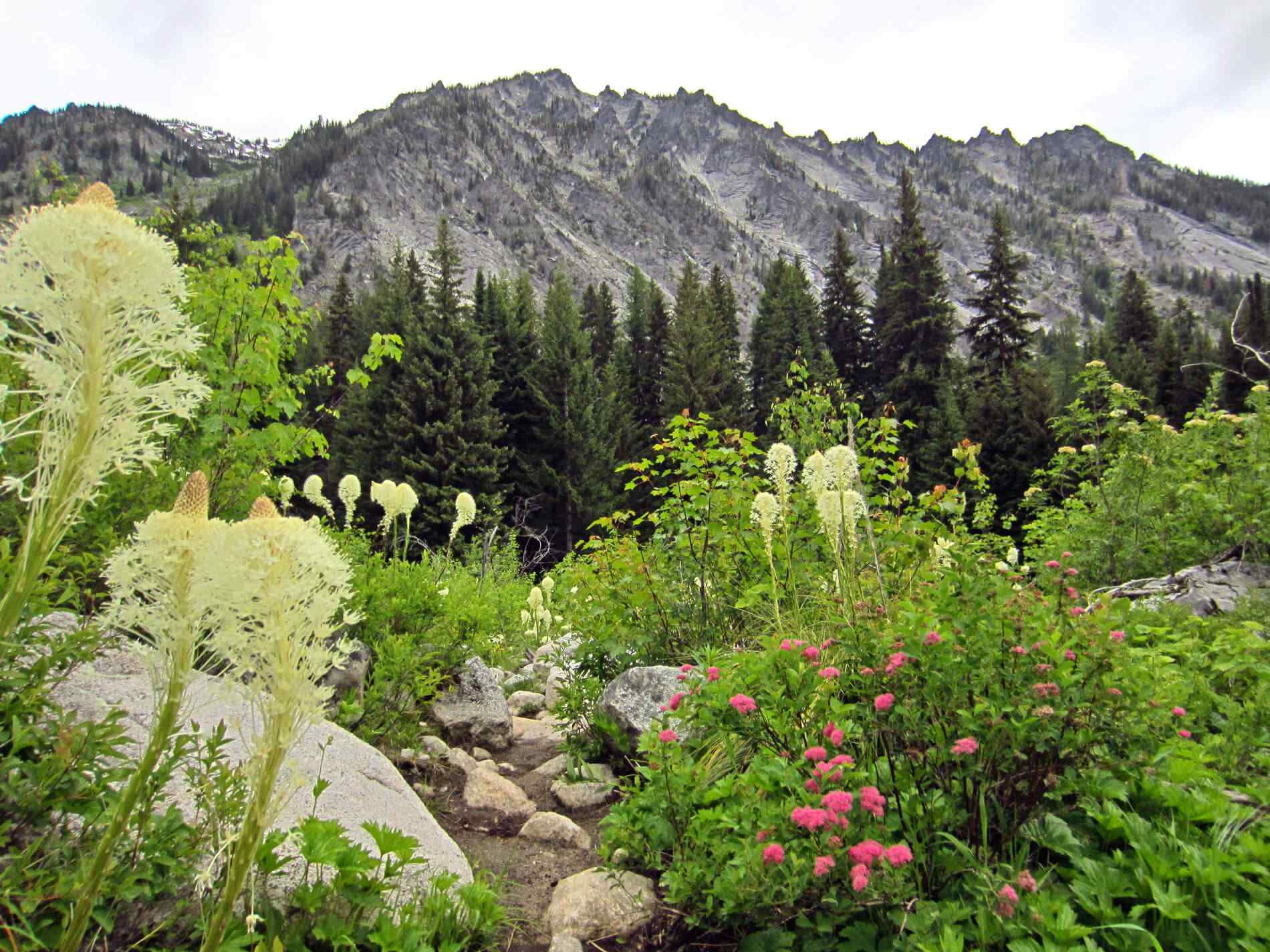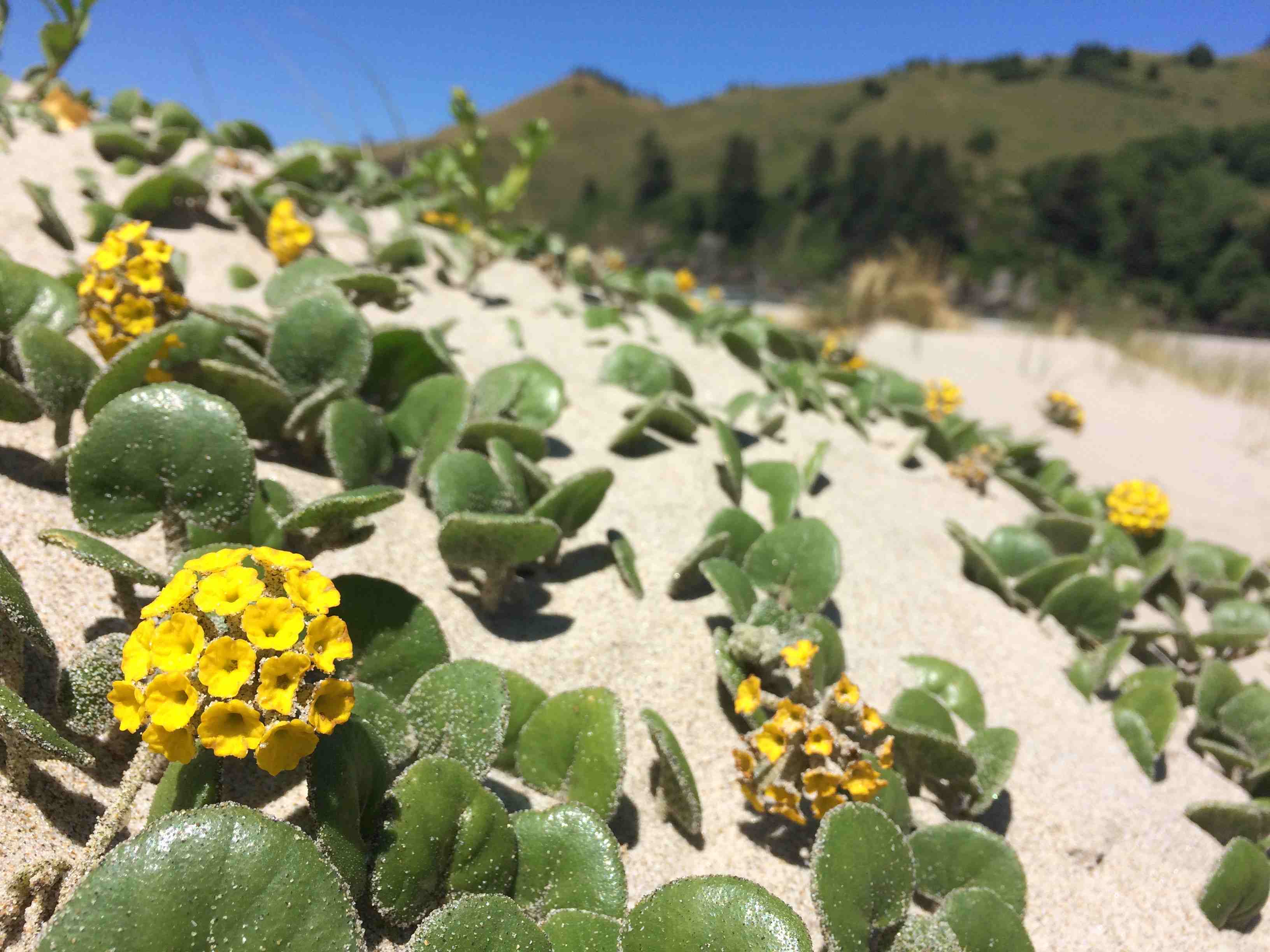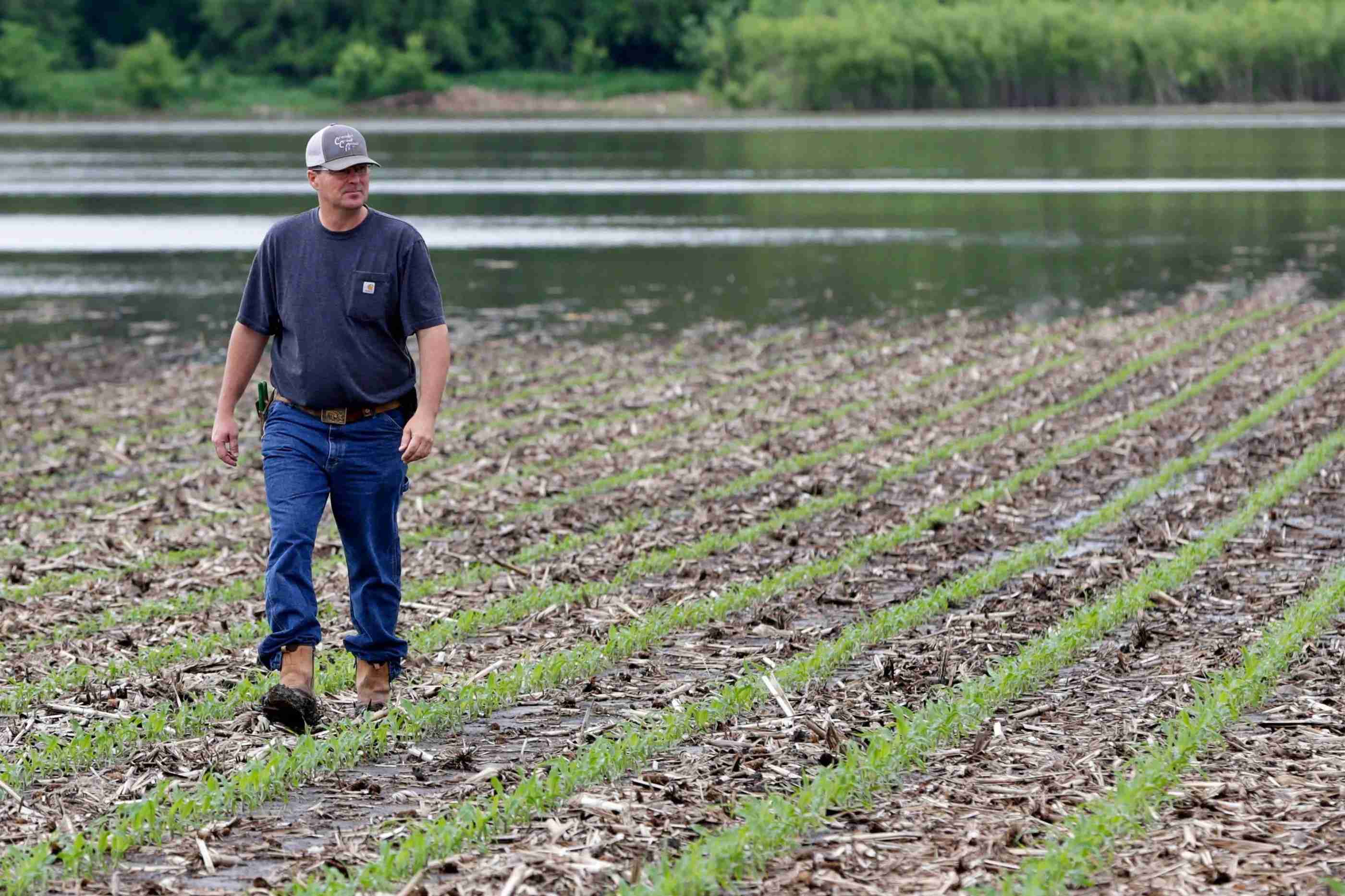Home>Gardening Basics>Understanding Soil>What Planting Zone Is San Antonio
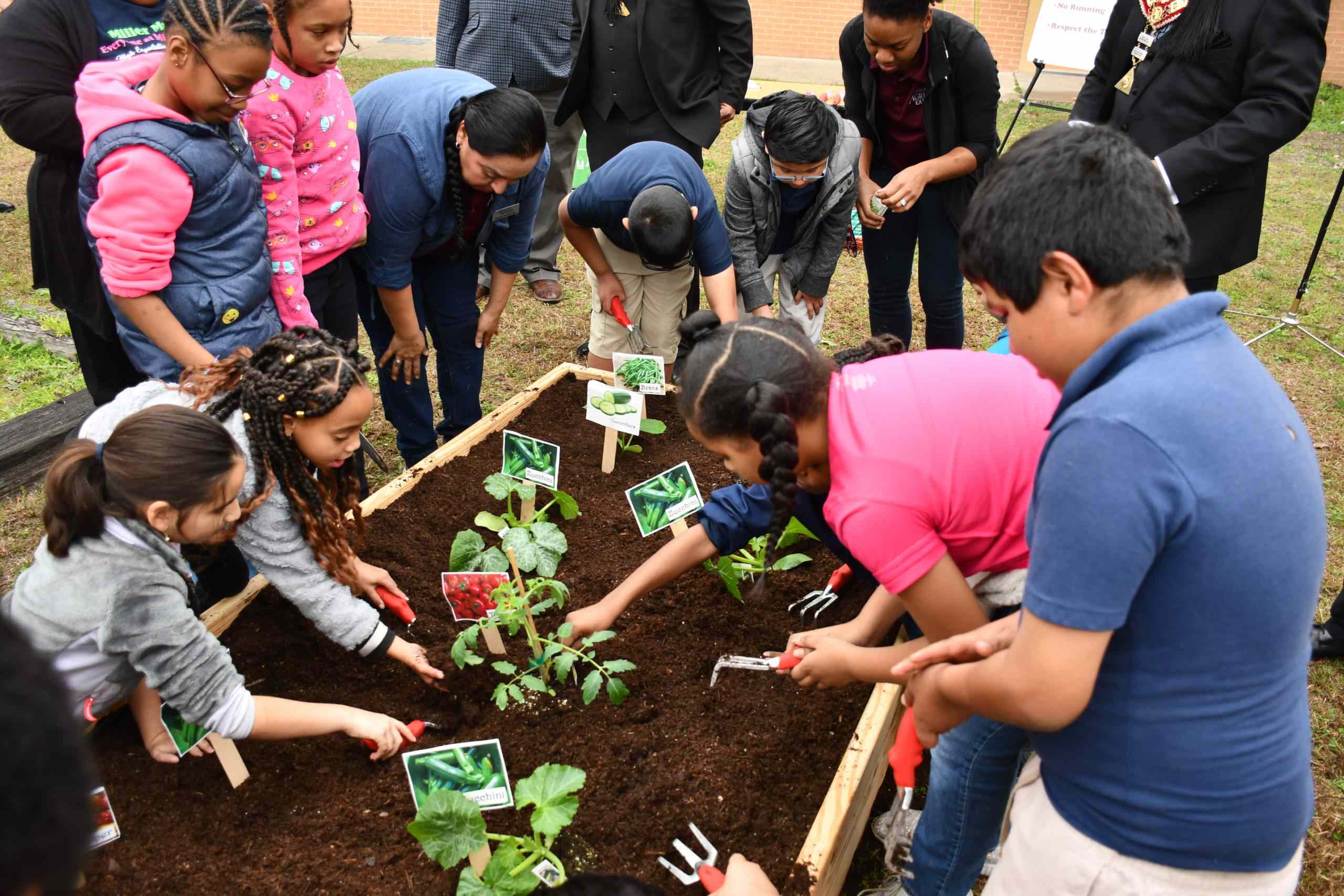

Understanding Soil
What Planting Zone Is San Antonio
Modified: January 22, 2024
Find out what planting zone San Antonio is in and gain a better understanding of soil conditions for successful gardening.
(Many of the links in this article redirect to a specific reviewed product. Your purchase of these products through affiliate links helps to generate commission for Chicagolandgardening.com, at no extra cost. Learn more)
Table of Contents
Introduction
Welcome to San Antonio, a thriving city in Texas known for its rich history, vibrant culture, and beautiful landscapes. If you’re a gardening enthusiast or planning to start your own garden in San Antonio, understanding the concept of planting zones is crucial. Planting zones provide valuable information about the climate and conditions necessary for plants to thrive.
In this article, we will explore the concept of planting zones, the factors that influence them, and how to determine the specific planting zone for San Antonio. We will also provide a list of recommended plants that are best suited for this region.
Whether you have a small backyard garden or a larger landscape to work with, having a good understanding of planting zones will help you make informed decisions about which plants will flourish in your area. By choosing plants that are well-suited for your specific planting zone, you can create a lush and vibrant garden that will thrive year-round.
So, let’s dive in and discover the fascinating world of planting zones and how it applies to the unique climate and environment of San Antonio.
Understanding Planting Zones
Planting zones, also known as hardiness zones, are a geographical classification system used to determine the suitability of plants for specific regions. These zones are defined based on the average minimum temperatures experienced in a particular area during the winter months. By knowing your planting zone, you can choose plants that are more likely to thrive and survive in your local climate.
The most commonly used planting zone map is the USDA Plant Hardiness Zone Map, which divides North America into 13 zones based on their winter temperatures. Each zone is further divided into subzones, providing a more precise understanding of which plants are suitable for each area. The zones are labeled from 1a (the coldest) to 13b (the warmest).
It’s important to note that planting zones are just one factor to consider when selecting plants for your garden. Other factors such as humidity, rainfall, soil type, and elevation also play significant roles in determining a plant’s likelihood of success in a particular area.
When determining your planting zone, it’s crucial to understand the average extreme minimum temperature in your region. This information helps you choose plants that are capable of surviving the lowest temperatures experienced in your area.
Now that we have a basic understanding of planting zones, let’s explore the factors that influence them and how they apply to San Antonio.
Factors Affecting Planting Zones
Several factors influence the determination of planting zones in a specific area. Understanding these factors can help you make informed decisions regarding the types of plants that will thrive in your garden. Let’s explore some of the key factors that affect planting zones:
- Temperature: The average minimum winter temperature is the primary determinant of a planting zone. Different plants have different temperature tolerances, and planting zones help identify the ranges at which certain plants can survive.
- Climate: Factors such as the amount of rainfall, humidity levels, and prevailing winds can significantly impact a plant’s ability to grow and thrive. Some plants prefer dry climates, while others thrive in more humid environments.
- Geography: The geographic location of an area can have a significant impact on its planting zone. Proximity to bodies of water, mountains, or other geographical features can influence temperature and precipitation patterns.
- Elevation: Higher elevations are generally colder than lower elevations. As a result, the planting zone can shift as you move up or down in elevation. It’s important to consider the elevation of your specific location when determining your planting zone.
- Microclimates: Microclimates are small areas within a larger region that have slightly different climate conditions. Factors such as heat absorption, shelter from wind, and exposure to sunlight can create microclimates that impact the suitability of certain plants.
- Soil Type: Different plants have specific soil requirements. Factors such as soil pH, fertility, and drainage can affect a plant’s ability to absorb nutrients and water. Understanding the soil type in your area is crucial when selecting plants for your garden.
By considering these factors and understanding how they affect your planting zone, you can make informed choices about the types of plants that will thrive in your garden. In the next section, we will delve into the specific climate of San Antonio and determine its planting zone.
San Antonio’s Climate
San Antonio, located in south-central Texas, experiences a subtropical climate characterized by hot summers and mild winters. The city enjoys a long growing season, allowing for a variety of plants to flourish throughout the year.
Summers in San Antonio are hot and humid, with temperatures often exceeding 90°F (32°C) and occasionally reaching over 100°F (38°C). The city receives a significant amount of sunshine, making it an ideal environment for sun-loving plants. It’s important to choose plants that can withstand high temperatures and are drought-tolerant to thrive during the scorching summer months.
Winters in San Antonio are generally mild, with average temperatures ranging from 40°F (4°C) to 60°F (15°C). Frost and freeze events are infrequent, but they can still occur, especially during the coldest months of December and January. It’s advisable to select plants that can withstand occasional frost and colder temperatures.
Rainfall in San Antonio is relatively evenly distributed throughout the year, with the wettest months being May and September. The city receives an average of around 32 inches (81 cm) of rainfall annually. However, it’s important to note that San Antonio is known for its occasional drought periods, which can affect plant growth and water availability.
The combination of the subtropical climate, hot summers, mild winters, and occasional drought periods requires gardeners in San Antonio to carefully select plants that can withstand the specific climatic conditions of the region. By choosing plants adapted to this type of climate, you can establish a beautiful and thriving garden in San Antonio.
Now that we understand the climate of San Antonio, let’s move on to determining its specific planting zone to help you choose the right plants for your garden.
Determining San Antonio’s Planting Zone
To determine the planting zone for San Antonio, we can refer to the USDA Plant Hardiness Zone Map. This map divides North America into 13 distinct zones based on the average minimum winter temperatures in each region.
San Antonio falls within USDA Hardiness Zone 8a. This means that the average annual extreme minimum temperature in San Antonio ranges from 10°F (-12°C) to 15°F (-9°C).
Knowing your planting zone is crucial when selecting plants for your garden, as it provides valuable information about the types of plants that are most likely to thrive in the local climate. In Zone 8a, you can choose from a wide variety of plant options, including both hardy and tender plants.
Some recommended plants for San Antonio’s Zone 8a include:
- Agave
- Bougainvillea
- Crape Myrtle
- Lantana
- Palms
- Rosemary
These plants are well-suited to the climatic conditions of Zone 8a and are known to thrive in the San Antonio region.
It’s worth noting that while the USDA Plant Hardiness Zone Map provides a useful guideline, it’s not the only factor to consider when choosing plants for your garden. Factors such as sunlight exposure, soil type, and moisture levels also play a significant role in a plant’s success.
To determine the specific needs of the plants you want to cultivate, it’s always a good idea to consult with local nurseries or gardening experts who have experience gardening in the San Antonio area. They can provide valuable insights and recommendations tailored to your specific gardening goals.
Now armed with the knowledge of San Antonio’s planting zone, you can confidently choose the right plants for your garden and create a beautiful and thriving outdoor space.
Recommended Plants for San Antonio
San Antonio’s Zone 8a planting zone offers a wide range of beautiful and resilient plants that thrive in the local climate. Here are some recommended plants that are well-suited for San Antonio gardens:
- Agave: Agave plants are succulents known for their striking rosette-shaped foliage and tolerance to drought. They add a unique architectural element to any garden and require minimal maintenance.
- Bougainvillea: Bougainvillea plants are tropical vines that produce vibrant, showy flowers in shades of pink, red, orange, and purple. They are drought-tolerant and can add a burst of color to your garden during the warm months.
- Crape Myrtle: Crape myrtle trees are a popular choice for San Antonio gardens. They offer beautiful clusters of vibrant flowers in shades of pink, purple, and white, and their attractive bark adds visual interest year-round.
- Lantana: Lantana is a low-maintenance perennial known for its clusters of colorful flowers and ability to attract butterflies and hummingbirds. It thrives in the heat and is a great option for adding pops of color to your garden.
- Palms: Palms are iconic plants that thrive in the warm climate of San Antonio. They add a tropical feel to your landscape and come in various sizes and shapes, from small potted palms to majestic tall trees.
- Rosemary: Rosemary is a versatile and fragrant herb that can be grown in San Antonio’s Zone 8a. It is drought-tolerant, thrives in full sun, and adds both culinary and ornamental value to your garden.
These recommended plants are just a starting point for your garden in San Antonio. It’s important to consider your specific garden conditions, such as sunlight exposure, soil type, and moisture levels, to select the best plants for your unique space.
When purchasing plants, it’s advisable to visit local nurseries or garden centers that specialize in San Antonio’s climate. The staff can provide expert advice on plant selection, care, and maintenance specific to the area.
By choosing plants that are well-suited to the climate and conditions of San Antonio, you can create a vibrant and thriving garden that brings joy and beauty to your outdoor space.
Conclusion
Creating a beautiful and thriving garden in San Antonio is an exciting endeavor that requires a good understanding of planting zones and the unique climate of the region. By considering factors such as temperature, climate, geography, elevation, and soil type, you can determine the appropriate planting zone for your specific area.
San Antonio, falling within USDA Hardiness Zone 8a, offers a wide range of plant options that are well-suited to the local climate. From drought-tolerant succulents like agave to vibrant flowering plants like bougainvillea and crape myrtle, there is a plant to suit every gardener’s preferences and style.
When selecting plants for your garden, it’s essential to not only consider their hardiness but also pay attention to factors such as sunlight exposure, soil conditions, and water availability. Consulting with local nurseries or gardening experts can provide valuable insights and recommendations tailored to the San Antonio region.
Remember to give your plants proper care, including regular watering, adequate fertilization, and occasional pruning to ensure their health and longevity. By creating a well-designed and well-maintained garden, you can enjoy a beautiful outdoor space that adds beauty and serenity to your home.
So, roll up your sleeves, grab your gardening tools, and let your creativity and knowledge of San Antonio’s planting zones guide you in creating a thriving and stunning garden. Happy gardening!
